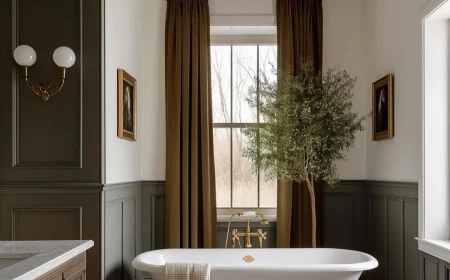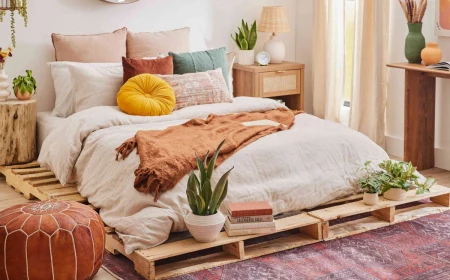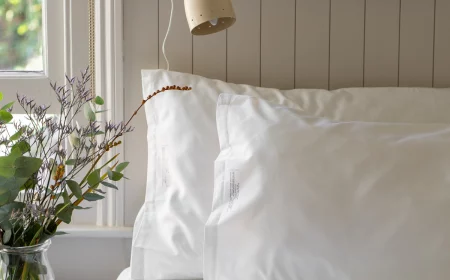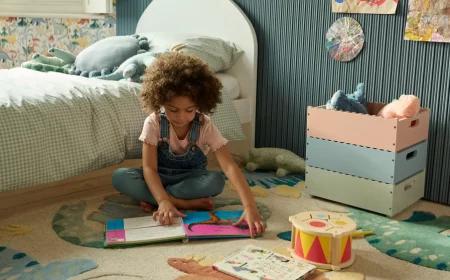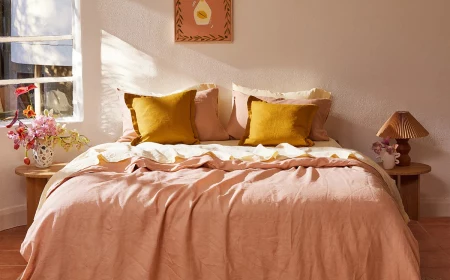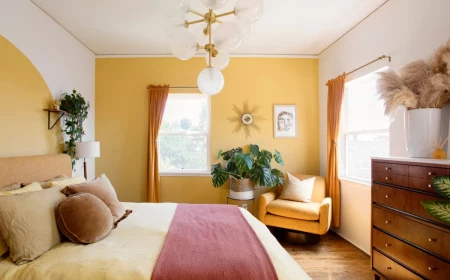Stop Guessing: How to Buy Bedroom Furniture That Actually Lasts
I’ve spent more years than I can count working with wood, and let me tell you, I’ve seen it all. From building bedroom sets from scratch to fixing furniture that fell apart after six months, the most common thing I see is pure confusion. You walk into a big furniture showroom, and it’s overwhelming, right? Everything is staged perfectly, and there’s this subtle pressure to just buy the whole matching five-piece set and be done with it.
In this article
Honestly, that’s rarely the best move. You often end up with pieces you don’t really need or, worse, furniture that looks good on the surface but is built to fail.
A bedroom set is more than just stuff to fill a room; it’s the foundation of your personal sanctuary. It needs to work for you, hold up to real life, and fit your space properly. My goal here isn’t to push a certain style on you. It’s to pass on the kind of practical knowledge I share with my own team—how to spot quality, what to look for underneath the fancy finish, and how to choose pieces you’ll love for years, not just until the next move.
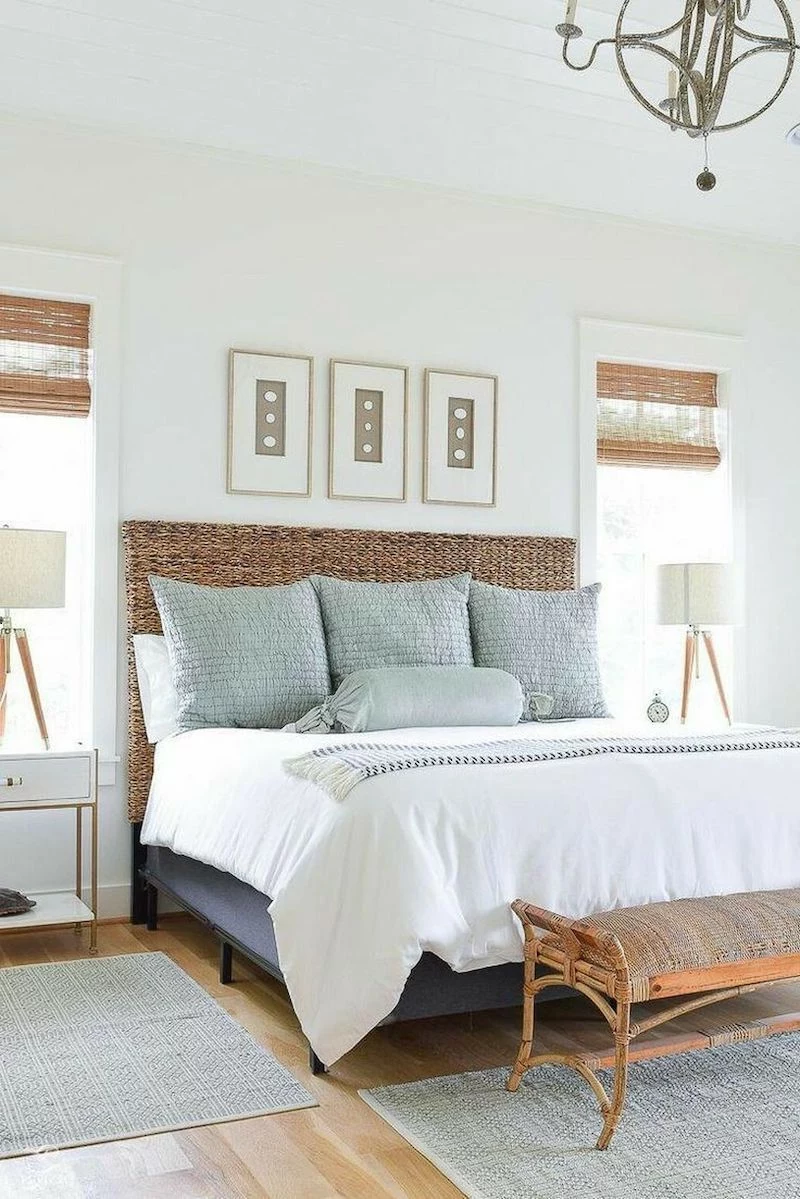
The Big Three: Your Bedroom’s Foundation
Let’s start with the basics. Most functional bedrooms are built around three core pieces. Getting these right is where your money makes the biggest difference.
1. The Bed Frame: The Anchor of Your Room
The bed is the undeniable centerpiece, and its frame is way more than just a platform for your mattress. Its construction dictates whether you sleep soundly or spend your nights with an annoying creak every time you roll over. This is one piece where paying a bit more for quality pays off in a huge way.
So what should you look for? It really comes down to the material.
- Solid Wood: This is the gold standard for a reason. Woods like oak, maple, and cherry are incredibly durable and, importantly, can be repaired. A solid wood frame is an investment, often running from $800 to $3,000+, but it can genuinely last for generations. It’s heavy, but that weight adds to its stability.
- Metal: A good steel or wrought iron frame is another fantastic, long-lasting option. The key here is to check the welds. Are they clean and smooth? That’s a sign of good work. If they look lumpy or messy, that’s a weak spot waiting to happen.
- Veneer over Plywood: This is a solid middle-ground choice. You get a thin layer of a beautiful wood (the veneer) glued onto a core of strong plywood. To be frank, this construction is often more stable in humid climates than solid wood because it’s less prone to warping. A good quality one can range from $400 to $1,200.
- Veneer over Particleboard/MDF: Here’s where you find most of your budget furniture, often in the $150 to $400 range. Particleboard is basically wood dust and glue pressed together. It’s heavy, but it’s brittle. If a screw strips out of particleboard, it’s a nightmare to fix. These frames have the shortest lifespan, hands down.
Heads up! How the frame is joined together is just as important. The best frames use heavy-duty metal brackets that bolt together or traditional mortise-and-tenon joints. If you see a frame that’s just held together with screws driven directly into the wood, walk away. Those will loosen over time, guaranteed.
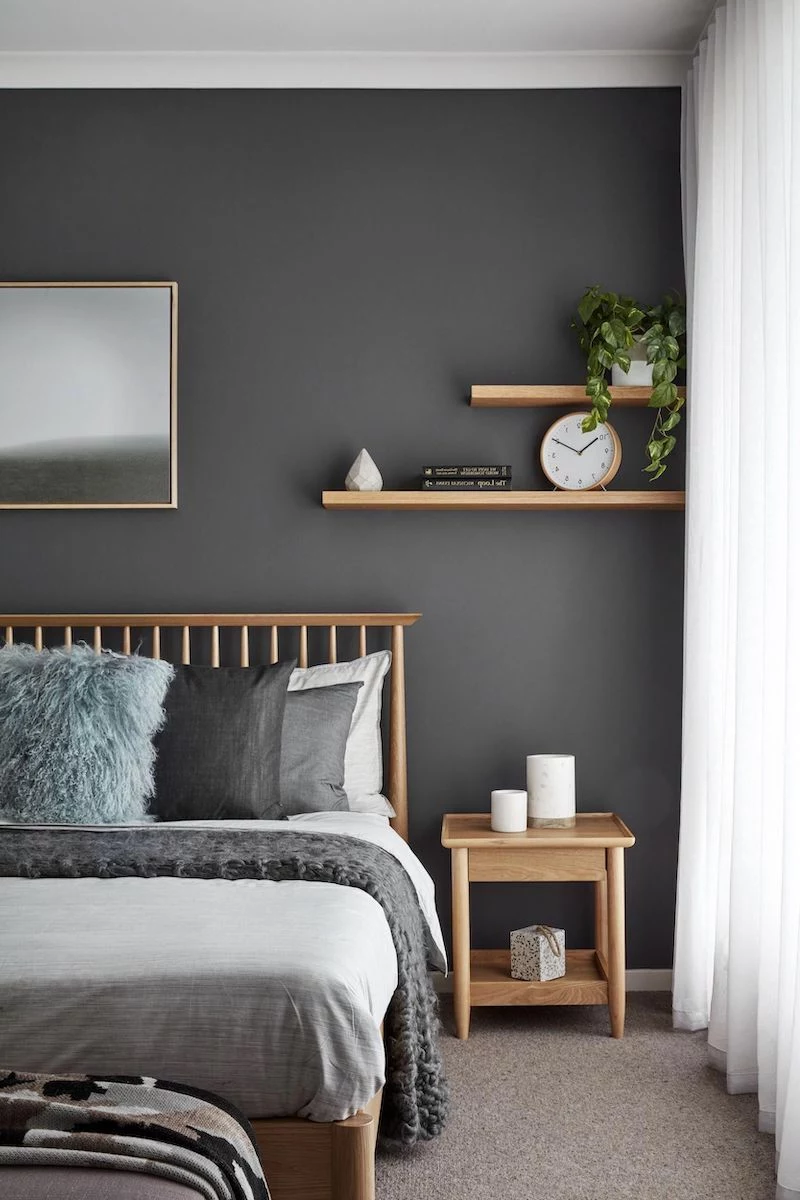
2. The Nightstand: More Than Just a Table
Don’t treat the nightstand like an afterthought! It’s a super functional piece. And from my experience, if two people share the bed, you absolutely need two nightstands for the room to feel balanced and practical.
The biggest mistake people make here is with scale. The top of your nightstand should be roughly level with the top of your mattress—maybe two inches lower or up to four inches higher. Too low is awkward to reach, and too high just looks weird. If you have a huge, chunky king-size bed, a pair of tiny, delicate nightstands will look completely lost. You need pieces with enough visual heft to balance the bed.
Before you buy, think about your nightly routine. Do you need a drawer to hide clutter? An open shelf for books? Some even have USB ports built-in now. Figure out what you need it to do first.
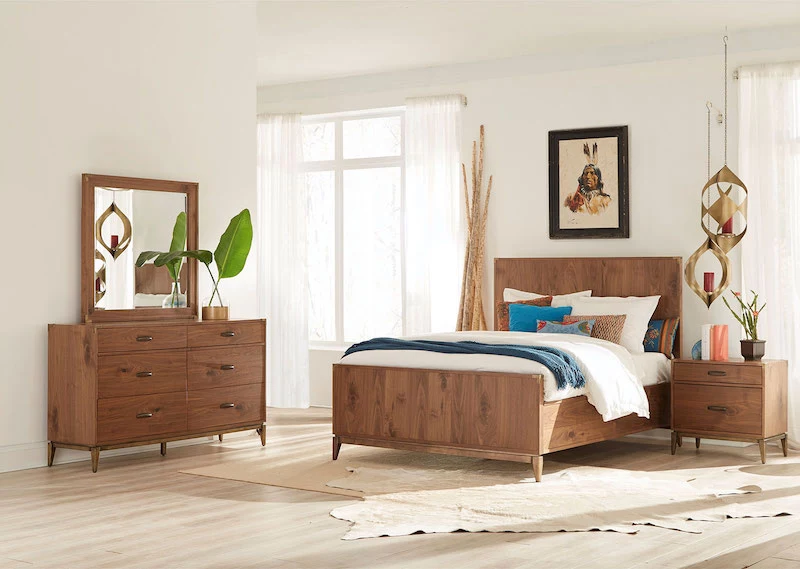
3. The Dresser vs. The Chest of Drawers
People use these terms interchangeably, but they’re different. A dresser is usually waist-high and wide, giving you a big surface on top for a mirror or other items. A chest of drawers is tall and narrow, offering tons of storage on a smaller footprint—perfect for rooms where floor space is tight.
When you’re looking at these, the drawers are where manufacturers cut corners. Pull a drawer completely out. Look at the corners. Do you see interlocking dovetail joints? That’s the hallmark of quality construction. If you just see staples and glue, that drawer will eventually sag and fail. Also, feel the bottom panel. Is it a flimsy piece of hardboard, or a solid piece of plywood set into a groove? That solid bottom is what prevents your clothes from creating a sad, sagging drawer.
Price-wise, you’re looking at a huge range. A basic particleboard dresser might be $200-$400, but expect those drawers to give you trouble. A well-made, solid wood dresser can easily be $1,000-$4,000, but it’s the kind of thing you can pass down to your kids.
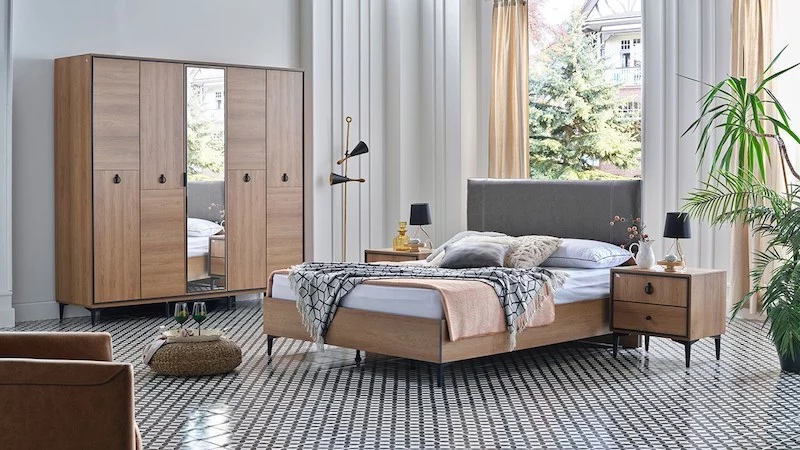
The Pro’s Method for Planning Your Room
I cannot stress this enough: NEVER buy furniture without measuring first. The stories I could tell… I once had a client who bought a breathtakingly beautiful armoire that simply could not make the turn on their staircase. We tried everything. It had to be sent back. It was heartbreaking, and a completely avoidable mistake.
Measure Three Times, Buy Once
Grab a tape measure and get these numbers down before you even start shopping:
- Your Room’s Dimensions: The length and width, obviously. But also note the exact locations of windows, doors, closets, and power outlets.
- Your Access Paths: Measure the width of every single doorway, hallway, and staircase the furniture has to travel through. Don’t forget to check for low-hanging light fixtures!
- Clear Wall Space: Measure the exact spot where you plan to put your dresser or chest.
Once you have those numbers, here’s a great trick: use painter’s tape to outline the furniture’s footprint on your floor. You can find the dimensions online or in the store. This gives you a real-world feel for how much space it will actually take up and how it will affect traffic flow. You need about 36 inches for a major walkway and at least 24 inches in front of a dresser to pull out drawers comfortably.
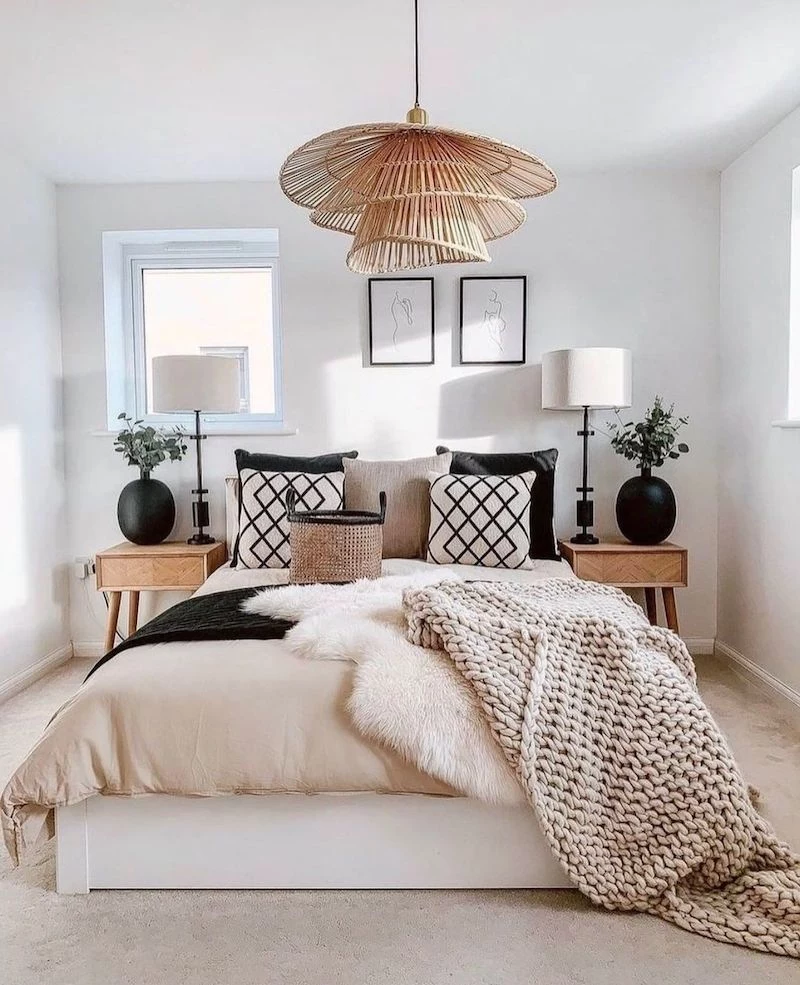
Your In-Store Showroom Checklist
Okay, you’re in the store. You’ve found something you like. How do you inspect it like a pro? Screenshot this list and use it.
- Do the Wobble Test. Put your hands on the top of a dresser or nightstand and give it a gentle push. If it twists or wobbles, the joints are weak. Period.
- Check Every Drawer. Open and close them all. They should glide smoothly. The best ones use full-extension ball-bearing glides, which let you see everything inside.
- Look Inside and Behind. Don’t just admire the front. Check the back panel. Is it a solid piece of plywood or just a sheet of cardboard tacked on? The quality of the parts you can’t see tells you everything.
- Examine the Finish. Look at the surface in the light from an angle. It should be even and smooth, with no drips, rough patches, or cloudy spots.
- Bring Your Measurements. Don’t just eyeball it. Have your room dimensions and a tape measure with you.
Expanding Your Set: Other Pieces to Consider
Once you have your core three, you can think about adding other pieces. If you’re going for a perfectly matched look, buying from the same collection is the easiest way to ensure the wood, stain, and hardware are identical.
- Armoire/Wardrobe: A lifesaver in homes with tiny closets. Quick tip: Make sure the interior depth is at least 22-24 inches. Anything less, and your clothes on hangers will get crushed.
- Media Chest: This is a modern piece designed to hold a TV. It must have open compartments and/or vents in the back. Electronics get hot, and putting them in an enclosed standard dresser without ventilation is a fire hazard and will shorten their lifespan.
- Bench: A bench at the foot of the bed is both chic and useful. It’s a great spot to sit while putting on shoes or to lay out your outfit for the next day.
A Quick Word on Furniture Care
You bought a nice piece, so how do you keep it looking good? It’s pretty simple.
For solid wood, just use a soft, slightly damp cloth to wipe it down. Avoid harsh chemical cleaners like the plague; they can strip the finish. For veneers, be extra careful with moisture. A puddle from a sweating glass can cause the veneer to bubble or lift. For anything made of particleboard, just know that once it’s chipped or water-damaged, it’s pretty much toast. There’s not much you can do to repair it.
Safety First: This Part is Not Optional
I feel like it’s my duty to talk about this, especially for furniture in a bedroom. Please take this seriously.
Tall furniture can tip over. It’s a terrifying reality that unsecured dressers and chests injure thousands of kids every year. It happens when they open the drawers and use them as a ladder. It’s a preventable tragedy.
Any piece of furniture 30 inches or taller MUST be anchored to the wall. Good manufacturers include a simple anti-tip kit. It’s usually just a couple of brackets and a strap that you screw into the back of the furniture and into a stud in your wall. By the way, if you don’t know how to find a wall stud, you can get a stud finder at any hardware store for about $15. It’s an essential tool for any homeowner.
Your Quick Win for Today: Go check the tallest piece of furniture in your home right now. If it’s not anchored, go online and buy an anti-tip kit for $5. It takes ten minutes to install and could literally save a life. Don’t put this off.
Choosing Well is a Long Game
Look, a bedroom set is a big purchase. The best advice I can give you is to be patient. It is so much better to buy an amazing, high-quality bed frame and one great nightstand now, and then save up for the matching dresser later. Don’t get suckered into buying a 5-piece set of mediocre furniture just to fill the space quickly.
A room that’s collected thoughtfully over time, with pieces you chose for their quality and how they work for your life, will bring you so much more joy. Choose things that feel solid, that are built with care, and that make your room feel like a true sanctuary.
Inspirational Gallery
- A calm, uncluttered path from the door to the bed.
- A feeling of spaciousness, even in a smaller room.
- No awkward shuffling around oversized furniture.
The secret to achieving this? Before you buy, use painter’s tape to mark the exact dimensions of your prospective furniture on the floor. This simple trick lets you physically walk around the layout, ensuring your chosen pieces fit the room’s scale and flow, not just the wall space.
The Drawer Test: A quick way to judge a dresser’s quality is to check its drawers. Open one fully. Does it glide smoothly or wobble? High-quality pieces from brands like Crate & Barrel or Room & Board often use full-extension ball-bearing glides. For traditional wood construction, look for dovetail joints at the corners of the drawer box—a classic sign of craftsmanship built to withstand decades of use.
The Environmental Protection Agency (EPA) estimates that over 12 million tons of furniture and furnishings are sent to U.S. landfills each year.
This staggering figure highlights the environmental cost of “fast furniture.” Investing in a solid wood or well-made metal frame isn’t just a financial decision; it’s a sustainable one. A piece that can be repaired, refinished, and loved for a generation actively diverts waste and reduces the demand for mass-produced, disposable goods.
Is vintage furniture a good idea?
Absolutely, if you know what to look for. Mid-century pieces, for example, are prized for their frequent use of solid teak and walnut, along with durable joinery. When hunting on sites like Chairish or at local antique stores, check for stability (no wobbles!), signs of woodworm (tiny holes), and original hardware. A vintage piece often offers superior materials for a fraction of the cost of new solid wood furniture.
Go beyond the matching set. A truly sophisticated bedroom gains character from a thoughtful mix of materials. Imagine the warmth of a solid oak bed frame from a maker like Ethnicraft, contrasted with the cool, smooth finish of lacquered metal nightstands. Add an upholstered bench at the foot of the bed to introduce softness and texture. This curated approach creates a room that feels personal and assembled over time, not bought in a single transaction.
Solid Wood: Prized for its durability and repairability. Ideal for classic, long-term investment pieces. Think oak, maple, or walnut.
Wood Veneer: A thin slice of real wood over a core of plywood or MDF. Offers the beauty of expensive woods at a lower cost and can be more stable in humid climates. A great mid-range option.
When choosing, consider your climate and budget. Solid wood is king, but a high-quality veneer piece from a reputable brand is far superior to cheap particleboard.
The nightstand is your bedside command center, so its height is crucial. A common mistake is choosing one that’s too high or too low. For both aesthetics and comfort, the top surface of your nightstand should be roughly level with the top of your mattress, or at most 2-4 inches higher. This makes it easy to reach for a glass of water or turn off your alarm without straining.
Important point: Don’t overlook the hardware. The knobs, pulls, and hinges are tell-tale signs of quality. A manufacturer willing to invest in heavy, solid metal hardware from brands like Häfele or Blum is unlikely to have cut corners on the construction of the piece itself. Flimsy, hollow, or poorly finished hardware is a major red flag.
Before you even step into a store, create a simple checklist with your phone’s camera and notes app:
- Photo of the room from the doorway.
- Width and height of the wall where the headboard will go.
- Height from floor to windowsill.
- Width of all doorways and stairwells on the delivery path.

